Interview with European Industrial Hemp Association – EIHA
Lorenza Romanese, Managing Director EIHA
Francesco Mirizzi – Senior Policy Advisor at EIHA
1. Please let us know more details about European Hemp Association, history and success story.
The European Industrial Hemp Association represents hemp farmers, processors and traders operating on the European market.
With more than 300 members, we cover almost the entire European hemp value chain. Although EIHA was founded 20 years ago, we truly became an advocacy body in 2019, when the offices were moved from Germany to Brussels, at the very heart of the European Union.
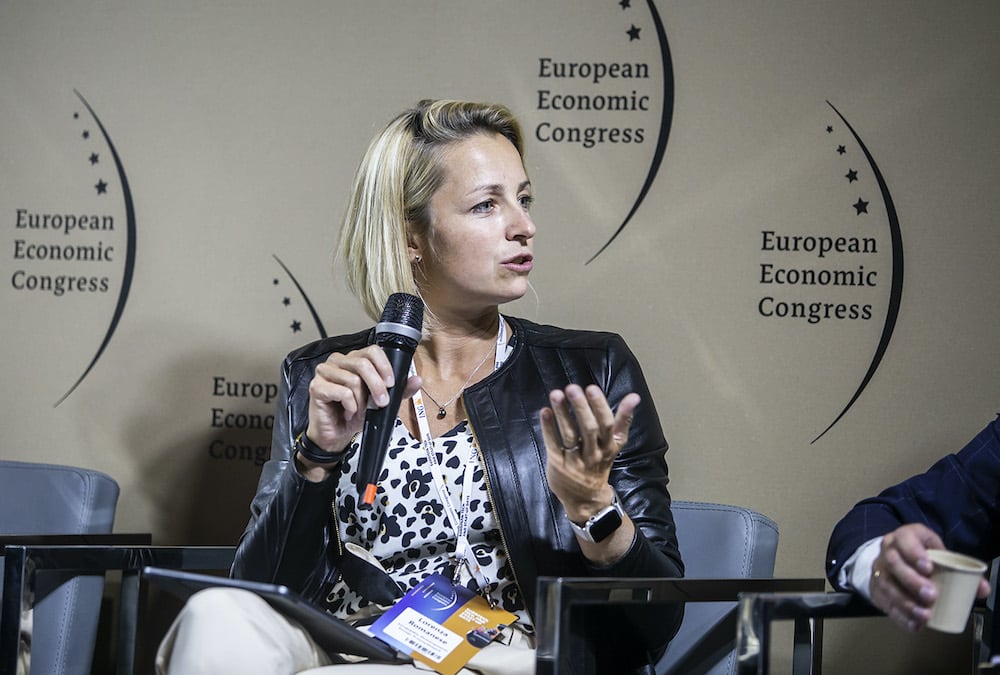
This decision was taken in the view of reinforcing the sector’s visibility in the political arena and its capacity to rebut unfair policies. In only two years, our Managing Director, Lorenza Romanese, strengthened the position of the Association, tripled the membership, recruited 3 full-time human resources and solved some of the most difficult regulatory conundrums.
We are ready for bringing hemp back for good and in all aspects of our daily lives. Indeed, hemp is a multipurpose crop, not only used for its fibres. It is a great material for plastics, biocomposites and construction industries, but also a source of healthy food and feed, ingredients for the cosmetics products, graphene substitutes, and much more.

2. Which kind of services you offer to hemp producers?
Our final goal is to help our members developing their businesses. We try to do that, first of all, by attentively monitoring the legislation and influencing it: we want to play by fair rules and make sure these rules are based on the latest scientific knowledge. Without legal certainty, the sector simply cannot develop.
Communication and advocacy are key to achieve suitable legislation: by conveying reliable information, we build trust. In many ways, hemp has been for the past 70 years a victim of the reputation of marijuana (: the high THC cannabis varieties) and now we need to set things straight.
The exchange with members is another major pillar of our Association. Having a membership base, mostly made of private companies, we have a privileged link to the ground, which gives us a better understanding of the reality of the market and, consequently, helps us taking more pertinent stances.
Conversely, our members have a direct link with the highest political level in Europe who is responsible for some of the key policies (agriculture and environment in particular). As a consequence, information travels much faster, allowing companies to adapt their decisions to the latest news.
Last but not least, we steer a constructive and open dialogue among the different actors: we try to create a safe environment for policymakers, investors, academia and businesses for exchanging and making contacts. A strong sector needs a strong network, where practices and innovative solutions can travel freely.
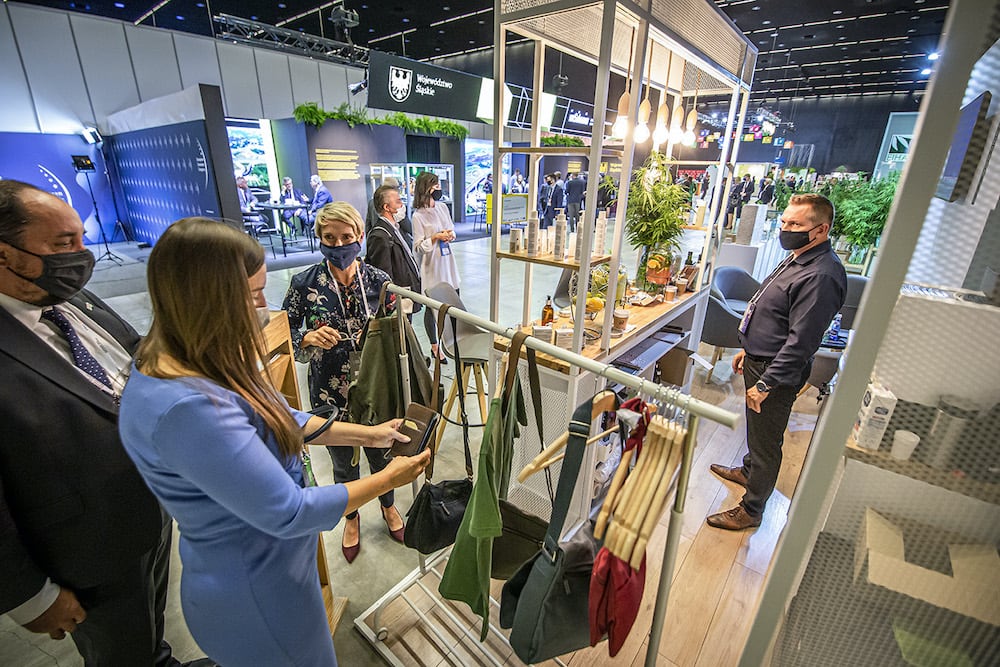
3. Why hemp fibres are important? Which industries need this precious plant? What is Hemp plant role in the textile industry? Please explain more about the usage of hemp plant in the textile and apparel industry.
Hemp fibres could bring major and positive changes to the fibre and textile sector. This is because of the intrinsic properties of the fibre, the environmental benefits of hemp farming and the great economic potential, especially in rural areas, offered by this multipurpose crop.
In terms of quality and performance, hemp fibre stands out as probably the strongest and most durable in nature (+25%/30% compared to cotton). More and more scientific publications point at the high absorption properties, IR and UV radiation protection capacity and natural low flammability.
Further promising tests also indicate natural anti-bacterial activity against a wide range of pathogenic bacteria of hemp fibres, supposedly resulting from the alkaloids, cannabinoids and other bioactive or phenolic compounds. Besides upholstery and clothing, the possible applications in textile are multiple: biomedical devices, medical equipment, wound dressing, food packaging, hotel and restaurant linen.
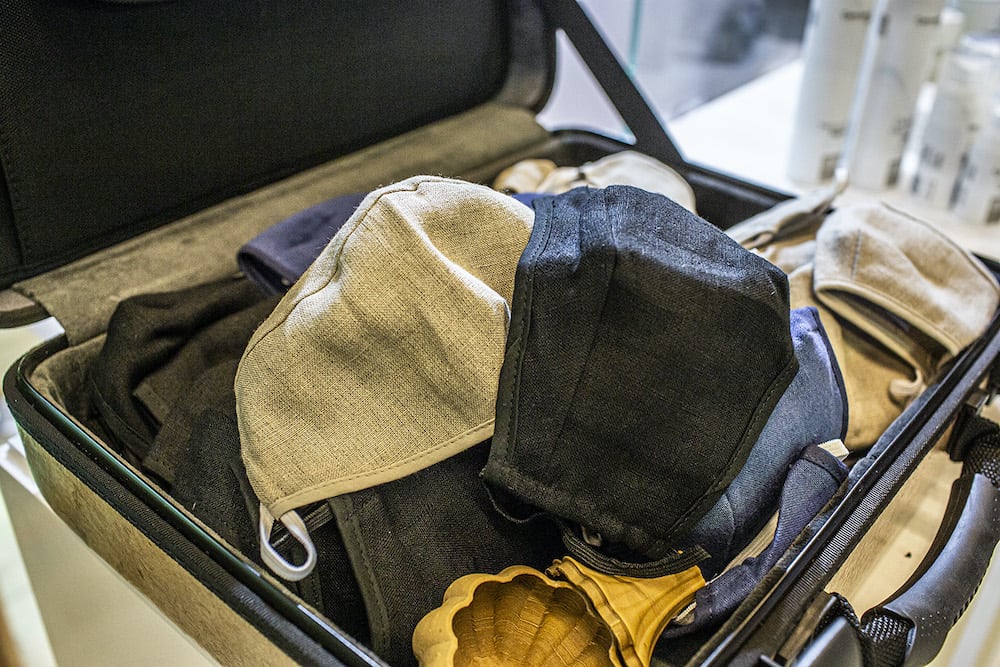
Non-textile applications include acoustic and thermal isolation materials for the construction sector, reinforced plastics and composites for furniture, objects and high-performing duties (hemp is already widely used in the automotive sector for its strength and lightweight).
The high number of output markets allows a healthy portfolio differentiation for processing companies and a stable revenue for farmers from virtually all over the world. Indeed, hemp can be grown in most soils and at most latitudes, which represents a great advantage in terms of logistics and local development.
Hemp also represents an alluring investment opportunity for those companies looking for decarbonising their goods, in other words, decreasing their carbon emissions profile. Because of its carbon storage potential (due to a high biomass content), the reduced need for synthetic phytosanitary products, the low water input, hemp is probably the most sustainable fibre of all.
But it’s not a question of phasing out other fibres and completely replace them with hemp: the interesting feature of the “hemp business model” is that the synergies with the existing industrial capacities are virtually illimited. Hemp can be blended with other fibres and materials in order to increase the sustainability footprint of established businesses from a large number of sectors.
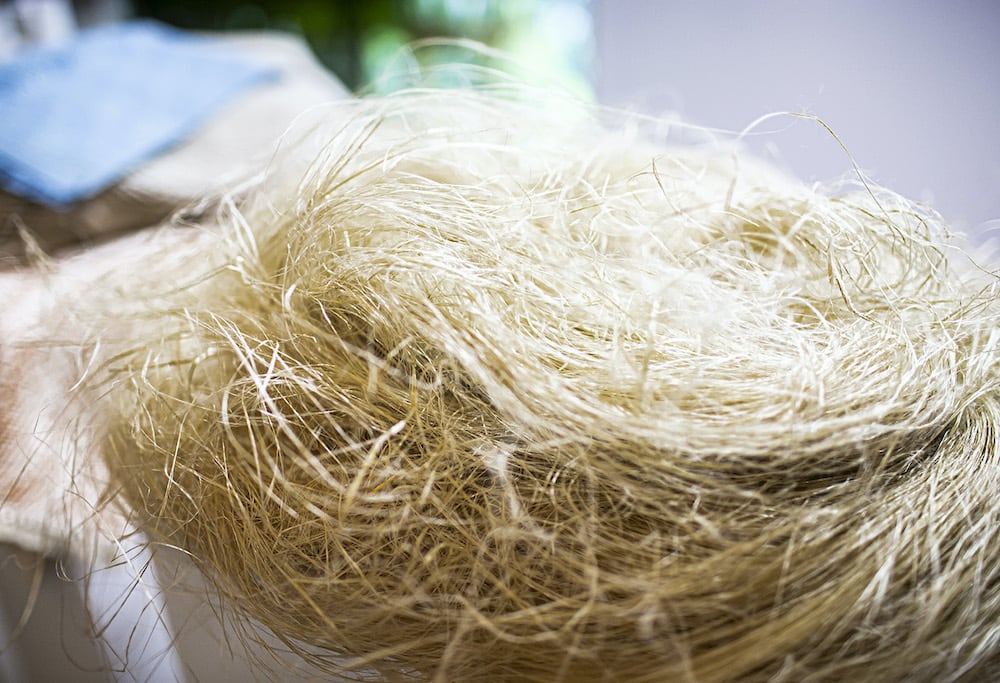
Lastly, it is important to highlight that the recent spike of face masks demand represents a possible path for the development of hemp textile, both woven and non-woven. Nonetheless, despite the alluring opportunities offered by this very specific market, we all hope it will soon deflate and leave the space to further commercial applications, which are not limited to textile.
4. How much hemp is produced in Europe? What is global production volume and locations?
Statistics regarding hemp are quite difficult to read. In fact, data on volumes are missing in many EU countries because of lack of monitoring from the competent authorities, old prejudices and unclear custom codes. However, we can safely say that over the past 15 years, a spike in production has been observed in all countries.
The Union has now around 50,000 hectares of hemp (+600% increase over 20 years), but it is difficult to assess the volume of production. A growing interest among farmers and processors should most probably lead to a further increase. Production clusters are already up and running in France, Poland, Romania and Lithuania, Germany, Italy and the Netherlands will follow shortly.
China will also play a major role in the spread of hemp textile. Yet, it remains difficult to capture the Chinese hemp industry in numbers, because of the unavailability of reliable data and discrepancies among sources. But even though the Chinese statistical yearbook may not be fully accurate, an overall increasing trend can be clearly observed in the sown area, the total output and productivity of hemp. The most solid estimate for the total area of hemp cultivation lies around 66,700 hectares for 2019, with over 50 % occupied for fibre hemp and cultivated in the northeastern Heilongjiang province alone.
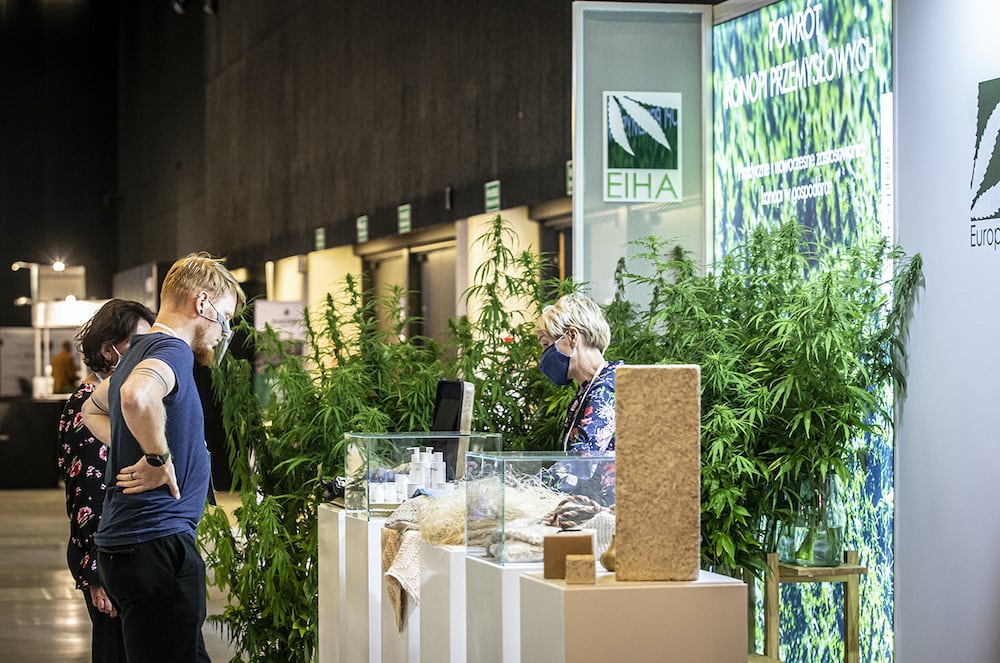
The Beijing government already endorsed the hemp textile industry for its potential contribution to an “ecological civilization” and included hemp textile operators in the list of key leading strategic enterprises in the 13th Five-Year Plan (2016–2020), with the aim of testing the feasibility of large-scale investments. This can be a major step towards further support for the sector, considering that Chinese industrial development still follows a top-down directive. Moreover, when looking at the national cotton policy, it seems as if a transition was already on its way.
China’s cotton production has gradually been slowing down (5.9 million tons in 2019 compared to 7.6 million in 2008), and national reserves are shrinking steadily (60 million bales in 2014 to 10.5 million bales in 2019). The recent claims regarding forced labor of the Uyghur minority surely did not help.
5. How do you evaluate the textile and fashion industry in the Middle East and Africa and its potentials for Future? Do you have export to this region?
So far, the only countries exporting high-quality hemp fabrics and clothing in relevant quantities are China and India. Both import fibres from abroad (China’s fibre domestic production is not sufficient, while India bans hemp farming tout court) and transform them using cotton and flax machines.

Operators from Europe, Middle East and Africa, but basically from all over the world, have the great chance to become either growers and traders of hemp fibre, that would subsequently be transformed elsewhere, or to make a step further and build the whole value chain at home. Most likely, the predominant and most efficient strategy will lie in between the two: the re-localisation of the textile supply chain is a plausible scenario, but international trade will keep going, even if at a lesser degree.
This is good news for the environment, but mostly for the local economies. Hemp is probably the only fibre that can be grown anywhere in the world. Re-establishing a functioning and complete production chain would result in the creation of jobs that are durable, textile being an essential product like food or medicines.
6. COVID 19 shows us we should rely more on sustainability and green products, how we can improve sustainability in fashion and textile industry? Do you have any plan in EIHA for producing sustainable products?
Although hemp is a sustainable crop like few others, it does not automatically make a product more sustainable. The processing is key: all stages, from retting to cottonisation, need to be compliant with the highest environmental standards available. But the good news is that numerous researches, field tests and pilot projects are currently being conducted all over the world, all looking at how to reduce the environmental impact of the fibre transformation.
At the European Industrial Hemp Association, we started reflecting on a possible commitment to convert 100% of the European surfaces to organic production. We are also actively steering exchanges among farmers, processors and academia with the aim of facilitating the uptake of the latest technologies and processes.
The sustainability argument is the biggest asset of the hemp sector and its guarantee for a bright future. However, operators need to play fair and in full transparency, avoiding unsubstantiated claims and exaggerated allegations.
References:
• Marion I. Tobler-Rohr, in Handbook of Sustainable Textile Production, 2011
• Hao, Xinmin & Yang, Yuan & An, Lixia & Wang, Jianming & Han, Li. (2014). Study on Antibacterial Mechanism of Hemp Fiber. Advanced Materials Research. 887. 610-613. 10.4028/www.scientific.net/AMR.887-888.610.
• Khan, B., Warner, P., and Wang, H. (2014). Antibacterial properties of hemp and other natural fibre plants: a review. Bioresources



















